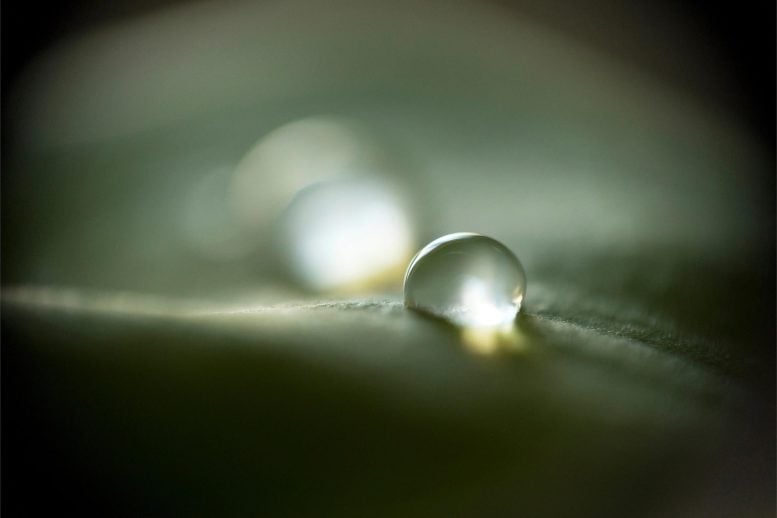
Researchers have synthesized a key compound, pantetheine, under early Earth-like conditions, offering new insights into life’s origins. This breakthrough challenges previous notions about life’s beginnings in water, suggesting a simultaneous emergence of essential biological molecules, and paving the way for future explorations into the chemistry of life’s foundation.
A new study led by researchers at UCL has successfully synthesized a chemical compound in the laboratory under conditions that could have existed on early Earth, indicating its potential involvement in the emergence of life.
A new study led by researchers at UCL has synthesized a chemical compound critical to all forms of life under lab conditions that mimic those of early Earth, indicating its importance in the emergence of life.
The compound, pantetheine, is the active fragment of Coenzyme A. It is important for metabolism – the chemical processes that maintain life. Earlier studies failed to synthesize pantetheine effectively, leading to suggestions that it was absent at life’s origin.
In the new study, published in the journal Science, the research team created the compound in water at room temperature using molecules formed from hydrogen cyanide, which was likely abundant on early Earth.
Once formed, the researchers said, it is simple to envisage how pantetheine might have aided chemical reactions that led from simple forerunners of protein and RNA molecules to the first living organisms – a moment that is thought to have occurred 4 billion years ago.
The study challenges the view among some researchers in the field that water is too destructive for life to originate in it and that life more likely originated in pools that periodically dried out.
The Role of Aminonitriles
Driving the reactions that produced pantetheine were energy-rich molecules called aminonitriles, which are closely chemically related to amino acids, the building blocks of proteins and of life.
Members of the same team, led by Professor Matthew Powner (UCL Chemistry), have already used similar chemistry powered by aminonitriles to demonstrate how other key biological ingredients could be created at the origin of life, including peptides (protein-creating chains of amino acids) and nucleotides (the building blocks of RNA and DNA).
Professor Powner, senior author of the paper, said: “This new study is further evidence that the basic structures of biology, the primary molecules that biology is built from, are predisposed to form through nitrile chemistry.
“The ease with which different classes of biological molecules can be made using nitriles has convinced me that, rather than life being preceded by one molecule such as RNA, and there being an ‘RNA world’ before life began, the basic molecules of biology emerged alongside each other – a network of RNAs, proteins, enzymes and cofactors leading to the first living organisms.
“Our future work will look at how these molecules came together, how pantetheine chemistry talks to RNA, peptide, and lipid chemistry for instance, to deliver chemistry that the individual classes of molecule could not deliver in isolation.”
Future Directions and Historical Context
A notable earlier attempt to synthesize pantetheine was made in 1995 by the late American chemist Stanley Miller, who had started the field of origin of life experiments three decades earlier, creating amino acids from four simple chemicals in glass tubes.
However, in the later 1995 experiment, the yields of pantetheine were very low and required extremely high concentrations of chemicals that had been dried out and sealed in an airtight tube before they were heated to 100 degrees Centigrade.
Dr. Jasper Fairchild (UCL Chemistry), a lead author of the study, who conducted the work as part of his PhD, said: “The major difference between Miller’s study and ours is whereas Miller tried to use acid chemistry, we used nitriles. It’s the nitriles that bring the energy and the selectivity. Our reactions just run in water and produce high yields of pantetheine with relatively low concentrations of chemicals needed.”
Professor Powner added: “It had been assumed you should make these molecules from acids, because using acids appears to be biological, and that is what we are taught at school and at university. We are taught peptides are made from amino acids.
“Our work suggests this conventional view has ignored an essential ingredient, the energy required to forge new bonds. The reactions look a little different with nitriles but the end products – the basic units of biology – are indistinguishable whether formed through acid or nitrile chemistry.”
While the paper focuses solely on the chemistry, the research team said that the reactions they demonstrated could plausibly have taken place in pools or lakes of water on the early Earth (but not likely in the oceans as the concentrations of the chemicals would likely be too diluted).
Reference: “Prebiotically plausible chemoselective pantetheine synthesis in water” by Jasper Fairchild, Saidul Islam, Jyoti Singh, Dejan-Krešimir Bučar and Matthew W. Powner, 22 February 2024, Science.
DOI: 10.1126/science.adk4432
The new study was supported by the Engineering and Physical Sciences Research Council, the Simons Foundation, and the Volkswagen Foundation.

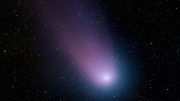
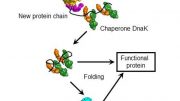
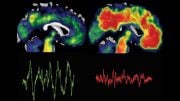

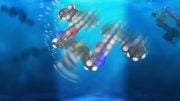


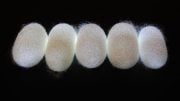
I am amazed at how otherwise bright people can actually believe this garbage.
As regards your personal opinion on science, it is factually wrong. Scientists are precisely bright on their subject fields, not “otherwise” bright.
As regards your personal opinion on the research, what has been claimed without evidence can be dismissed without evidence. So far the evidence is on the side of the peer reviewed paper.
Evidence for what?
“rather than life being preceded by one molecule such as RNA, and there being an ‘RNA world’ before life began, the basic molecules of biology emerged alongside each other – a network of RNAs, proteins, enzymes and cofactors leading to the first living organisms.”
The RNA world theory has led to Nobel Prizes since RNA is at the center of the biochemical genetic machinery. Before cells evolved to use DNA for many genes they used RNA. And some of the explanation for this can be that RNA coevolved with peptides and metabolic enzymatic cofactors. And peptide, nucleic acid/cofactor, and lipid coevolution is what deep phylogenies roots over, half alive cells importing nutrients from the environment. If pantetheine was produced in hydrogen cyanide conditions of an early Earth global ocean and concentrated in hydrothermal vent conditions, that would work.
“If ultra-reducing carbon-rich nitrogen-rich gases interact with subsurface water at a volcanic vent they result in 10−3–1M concentrations of diacetylene (C4H2), acetylene (C2H2), cyanoacetylene (HC3N), hydrogen cyanide (HCN), bisulfite (likely in the form of salts containing HSO3−), hydrogen sulfide (HS−) and soluble iron in vent water.” [Rimmer PB, Shorttle O. Origin of Life’s Building Blocks in Carbon- and Nitrogen-Rich Surface Hydrothermal Vents. Life (Basel). 2019 Jan 24;9(1):12. doi: 10.3390/life9010012. PMID: 30682803; PMCID: PMC6463091.]
The exclusive “RNA world” theory has lost its appeal long since, as biologists have learned more.
Dead things don’t create life, they just don’t. This makes zero sense. Glory to the exalted One, Who is the only One with a plausible Answer.